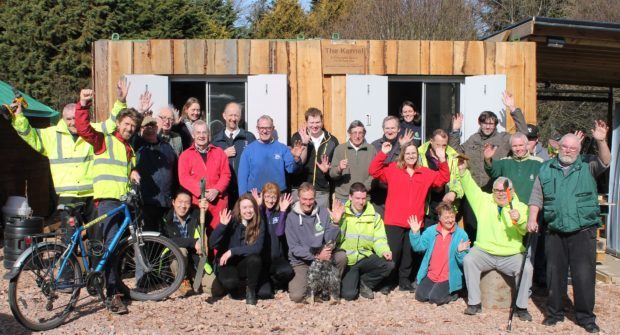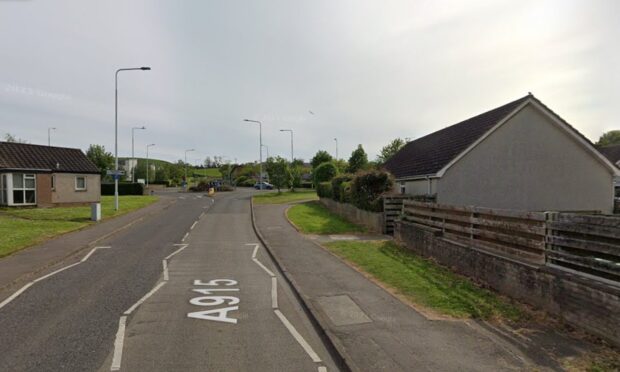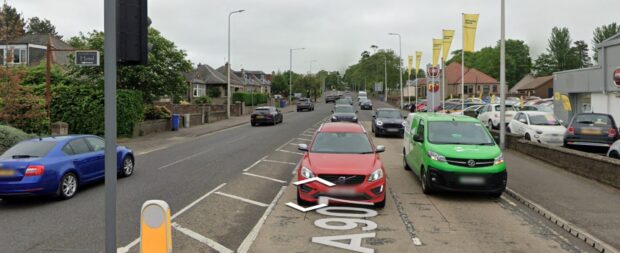The dream of a Crail to St Andrews path is one step closer to reality.
Communities in both areas are celebrating Transition University of St Andrews being awarded £39,000 to investigate a new off-road cycle and walking path.
The funding, received as part of the Sustrans Community Links fund, focuses on supporting cycling and walking for commuter journeys.
The project is at the feasibility stage and is making a case for the path to be created along the old railway route from Crail north to Boarhills and from there along new routes to the east of the A917.
Initiated by a group of enthusiastic local people along the route, including councillors, it has now gained much wider support.
Alistair Macleod of Transition University of St Andrews, which is a hub for sustainability activities in the town, said: “Our public consultation in 2016 had a great response from over 350 people.
“It showed overwhelming support for the new path route. It also showed that many respondents didn’t cycle because they were frightened of the fast traffic on these roads.”
The proposed path would provide fast, safe and direct journeys for communities and tourism-centred businesses along the route.
“It will also enable those who were really concerned for their safety to be able to get on a bike,” he added.
Consultant Crispin Hayes has been appointed to carry out much of the development work and will be creating plans in consultation with landowners.
“Preliminary work that we previously carried out showed that many farmers and landowners get it in terms of the cycle path idea,” he said.
“They get that a safe off-the-road route benefits the whole community which they are part of.
“In general, we have a pretty warm reception.
“If they have a visitor business they love the idea. It helps them deliver their own sustainability goals.”
Sustrans Scotland Community Links manager Dave Keane said: “Transition University of St Andrews has worked hard to involve the local community in this project and we look forward to working in partnership to develop the feasibility study.”
After the feasibility study work will begin on a detailed design plan for sections of the path where landowner approval has been given.
Construction will then depend on further funding alongside the support of landowners and the council.










